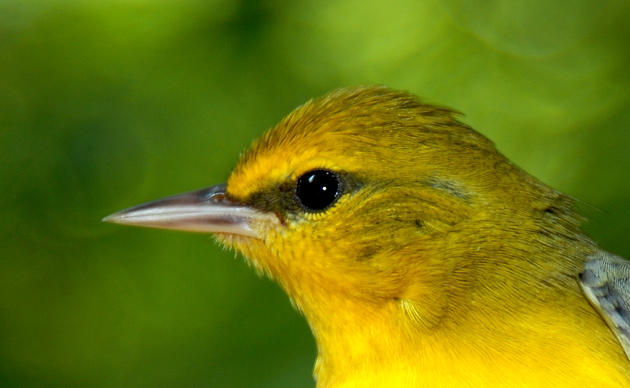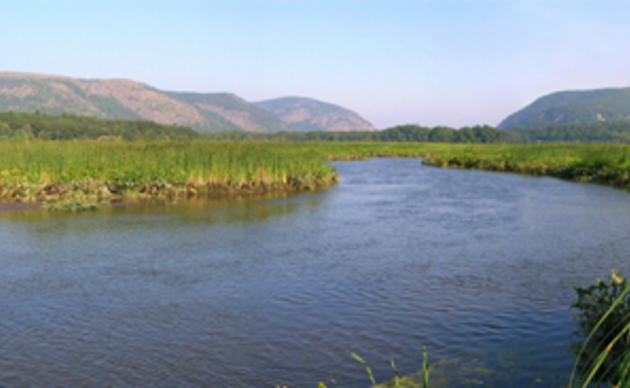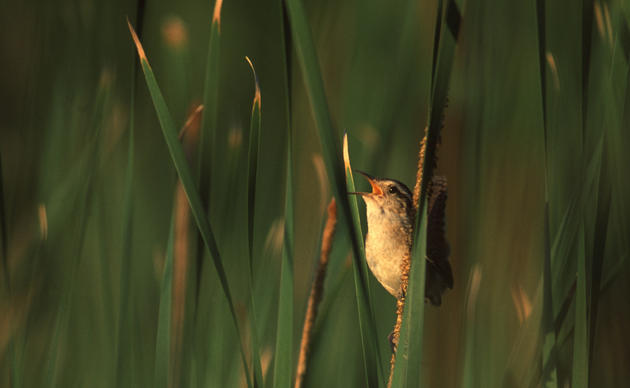“We can’t go in and do everything alone,” said David Decker, Audubon New York staff member based at Constitution Marsh.
Decker is a Land Steward and is part of a six-person team that manages the four Audubon New York centers and sanctuaries in the Hudson Valley region.
“We have 2300 acres of land to manage that we can continuously make better for birds or keep at its current level for bird habitat and not let it degrade even further,” Decker said.
Although the team is small, with lots of land to cover and a big mission to fulfill, the work can get done with the help of parters. With partner organizations and individuals, we are able to not just protect our own Audubon sites, but to extend our influence to other organizations and conserved areas.
Working within Audubon
Audubon New York has over 30 staff members and 27 affiliated Audubon Chapters statewide.
According to Decker, the forest management project at Rheinstrom Hill Audubon Sanctuary is one the biggest land stewardship projects that Audubon New York is doing with the help of internal partners from around the state. The goal of this project is to restore forest habitat for birds, which includes some heavy lifting such as deer fencing installation. Audubon New York staff and volunteers make these efforts possible.
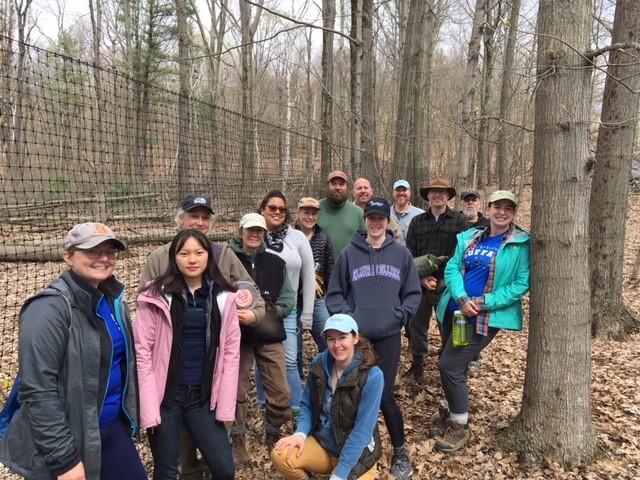
Decker says the relationship between different Audubon New York departments and teams is strengthened by visiting each other’s sites. When we're able to see what our colleague are doing, we can more easily come up with new ideas to achieve greater conservation.
“There are always things that one group does well and one group can borrow experience from and certainly not have to reinvent the wheel every time we do anything,” said Scott Silver, Center Director of Constitution Marsh Audubon Center and Sanctuary.
Our team in the Hudson Valley also works closely with the local Audubon chapter, Putnam Highlands Audubon Society (PHAS). Silver assumed his role of Center Director at Constitution Marsh in June, but has been a board member of the local Audubon chapter for ten years. Constitution Marsh and PHAS frequently collaborate on bird counts and co-host bird walks.
“I think there will be more opportunities that spring up where we can co-sponsor things or rely on different levels of expertise,” said Silver, “to offer wider ranging programs and be more effective at things like advocacy and other conservation initiatives that we might undertake.”
One of the greatest aspects of the local Audubon chapter is seeing how community members become advocates and community scientists to protect local birds and their habitat. Kyle Bardwell, PHAS chapter board member and bird photographer of over 10 years, gives one example -- currently, the chapter is helping the Hudson Highlands Land Trust assess the impact a proposed development in Putnam county would have on local fauna and flora.
“We try to help out our local organizations that have the same mindset as us,” said Bardwell.
The chapter network is our eyes and ears on the ground and we're grateful to have their grassroots supports backing our conservation efforts.
Partnerships Outside Audubon
Though we do a lot of work within the Audubon family, we regularly partner with outside organizations as well.
“It seems every time we turn around we are involved in some collaboration with somebody,” said Silver.
He’s right. Audubon New York's biggest partnerships in the Hudson Valley are with New York State Parks, who owns Constitution Marsh; Scenic Hudson, an organization who we share ownership of Ramshorn-Livingston Audubon Sanctuary with; New York State Department of Environmental Conservation; and the Student Conservation Association, the organization that sponsors this intership position. That’s just to name a few!
Our outside partnerships can boost funding for projects, help with labor and upkeep, and spark new ideas -- Audubon strives to give its partners the same in return.
Myself and Courtney Larson, an educator at Bear Mountain State Park, are members of the Student Conservation Association (SCA). Our positions were formed through partnerships and allow us a lot of opportunity to spread our fresh ideas among the different parks and agencies throughout New York State.
Since I’ve started my position at the marsh, I have been able to form a working relationship of my own - on behalf of my team - with Courtney Larson. In the spring, we lead educational bird walks together around Hessian Lake. We both looks forward to keeping this partnership between Constitution Marsh and Bear Mountain State Park alive.
“We can run more programs or events together,” said Larson, “Or maybe help with different research projects or surveys at each other’s sites.”
Our bird walk programs could be just the start of something bigger!
“We primarily partner with state agencies, so non-profits are unique because you have a more specific mission,” said Elizabeth Young, Teams Manager of the SCA Hudson Valley Corps.
Young said both the SCA and Audubon see the value of having a member serving at their site. Members, including myself, have worked to protect birds through education and public programing, stewardship work and surveys, and by teaming up with other organizations that also have SCA members.
Through working with the SCA, major tasks have been accomplished for Audubon, such as Phragmities australis control project when most of the Hudson Valley Corps SCA members camped out on the lawn of Constitution Marsh Audubon Center and Sanctuary to work several days to get rid of the invasive species.
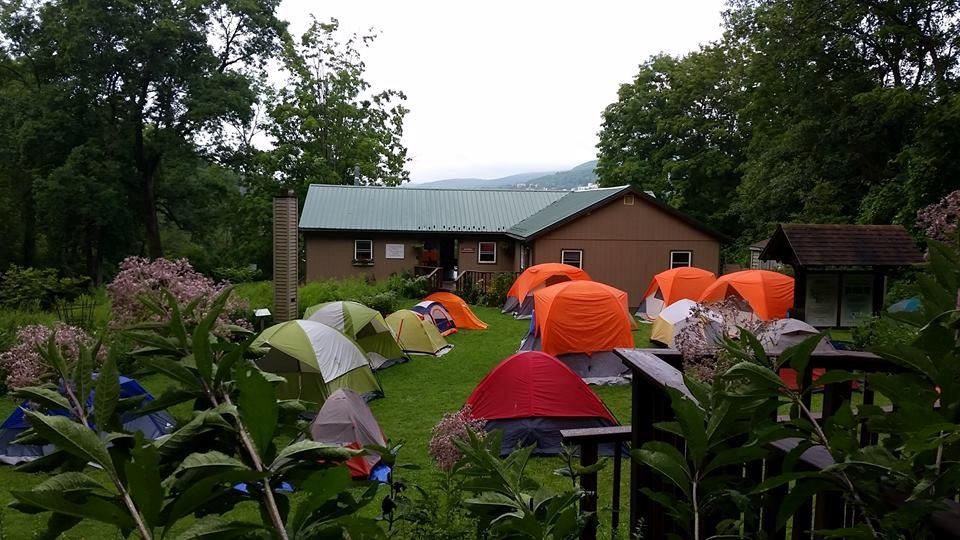
Through partnerships, Audubon is able to expand its reach, access new ideas, and have the power to take on large tasks and challenges that come with conservation. Almost everything we do involves a collaborating force, so we should try to focus on growing these relationships by being active and forming new ideas. Through our mutual growth we will be able to protect more areas with better tactics.
“Partnerships allow us to do more, and not necessarily influence, but work with other organizations to do bird-friendly projects,” said David Decker.


